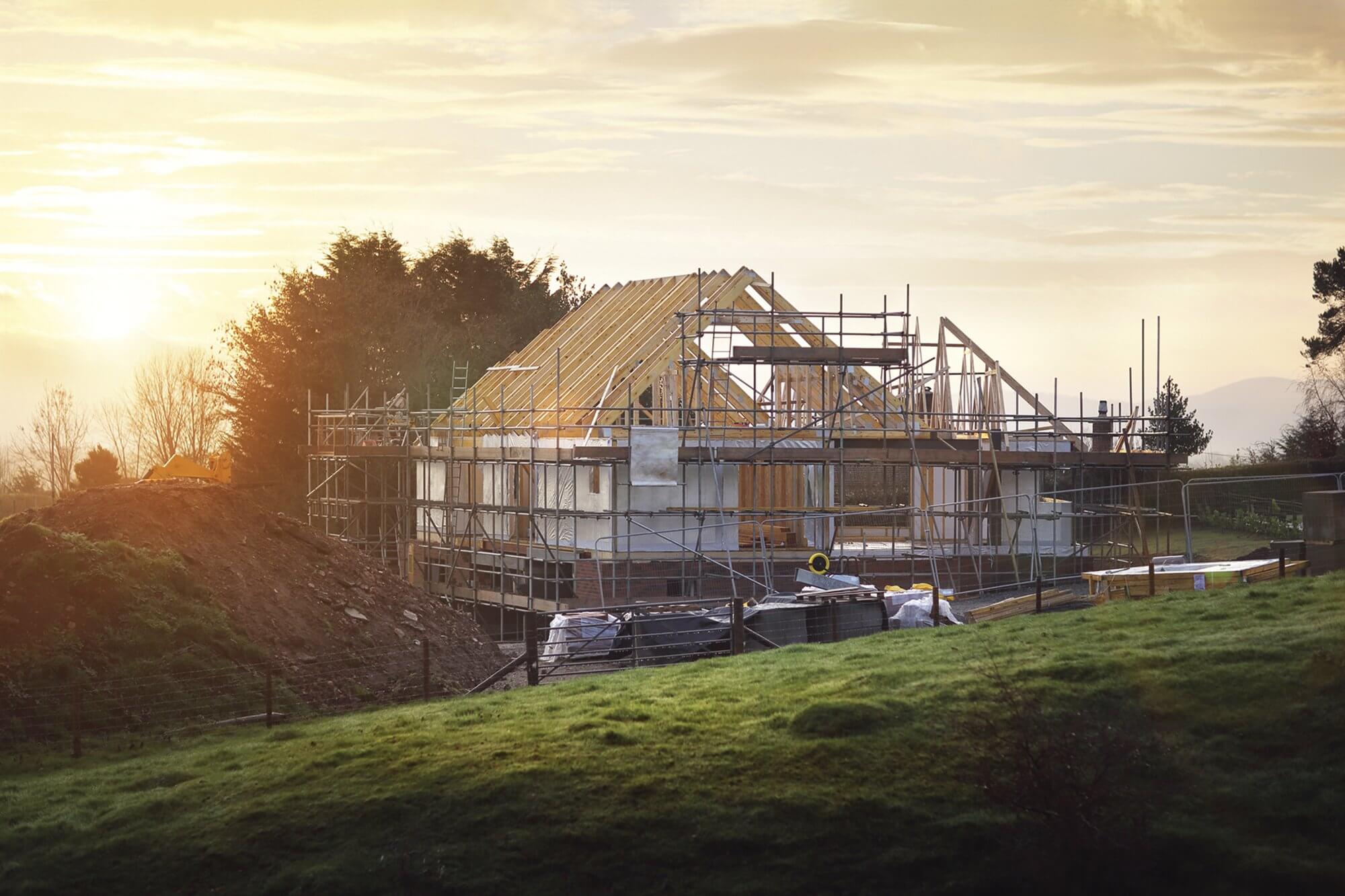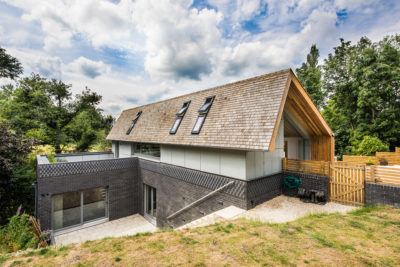How the Right to Build Legislation Could Help You Build Your Own Home
What is the Right to Build legislation and how can it help those interested in building their own home?
The Right to Build scheme is part of the Housing & Planning Act 2016. What it does is ensure that every council in the country – all 336 – manages a register of names of people and groups who would like to undertake a self or custom build project in England. So they have to keep a formal record of this interest.
It can help interested parties because for the first time it forces councils to acknowledge that self builders actually exist.
In the past, while councils would be quite happy to grant planning permission for a block of hundreds of properties to a big developer, they were less keen on focusing on smaller plots and authorising places where individuals could build, arguing there was no demand for it.
Historically, when people have gone to their local authority and told them that they’re interested in undertaking a self build project and enquired as to the land provision for this, the council have claimed in response that they don’t have any sites for such endeavours as there is no real demand.
The introduction of this register means there’s no way they can hide behind a lack of interest. If they’ve got 500 individuals signed up, it means there’s 500 people who want to construct their own houses in that specific local area.
How does the Right to Build work?
The expectation when the legislation was first introduced was that a sufficient number of sites would be made available for everyone on the register.
We thought that councils were going to find some suitable land – maybe sourced from local landowners or farmers offering up some plots they might have – and develop those in areas with the potential to install services to make them viable.
A list detailing all of the available sites could then be distributed to those on the register to bid for. It wouldn’t mean giving the land away or discounting it, but just introducing people to somewhere within their local area where there is the potential for them to self build.
Now we’re about to see what will happen in reality. When the scheme was introduced back in 2016, it was decided that there should be a rolling three year period within which councils have to act.
By the 30th October this year, the first three-year cycle will be completed, so it will be the first time the local authorities will have to commit to doing something with the names on their register.
Have there been any issues with its rollout?
What we’ve found is that, certainly in that first year of registration at least, very few councils put restrictions on joining.
Now, certain authorities have started making it harder to sign up by adding in hindrances, like local connection tests.
These limitations are only supposed to be applied when there’s a strong justification in response to a local issue.
For example, in the middle of Islington, there’s not an awful lot of land around, so you wouldn’t want everyone and their dog moving in – the area would become overwhelmed.
On the same note, local authorities could try to limit demand by charging a joining fee. This should be used only to cover the cost of paying for someone to manage the list and administrating the program.
However, we’ve found that a few councils – like Croydon and West Lancashire – have added an enormous initial charge of around £350 with a subsequent £150 additional annual fee just so people can be present on the register.
Unsurprisingly, West Lancashire has nobody on their list because they’ve been deterred by this cost. We at NaCSBA think that’s wrong.
When will plots start to be made available?
We’ll see what happens in October. Unfortunately, I worry that the people who are looking for a list of plots to be delivered to their doorstep with an invitation to go and make a bid so they can build a house are going to be disappointed.
My feeling is that the local authorities will just be taking account of the amount of people applying to the self build register and offsetting those numbers against any existing schemes they have implemented.
For example, say a council granted planning permission to an estate of 500 houses, where 10% of those have been awarded on the basis that the purchasers can tweak them under a custom build model.
If that local authority also had 50 people on their Right to Build register, they could argue that they’ve taken into consideration the number of people signed up and thus met their requirement for custom and self build provision.
The danger of that is that the 50 people who joined the list have no interest in living on that estate; they wanted to build their own home and added their names so that they could gain access to an actual plot of land.
So, that’s where I worry that there’s going to be a gap in people’s expectations and the reality when October rolls around. Until we get to that point, we don’t actually know how the councils are going to respond.
I just hope it’s going to work. 30th October should be a momentous day if the scheme works properly. If it doesn’t, it’s going to be a tremendous anti-climax. I, for one, really hope that it turns out to be the former rather than the latter.


































































































 Login/register to save Article for later
Login/register to save Article for later













